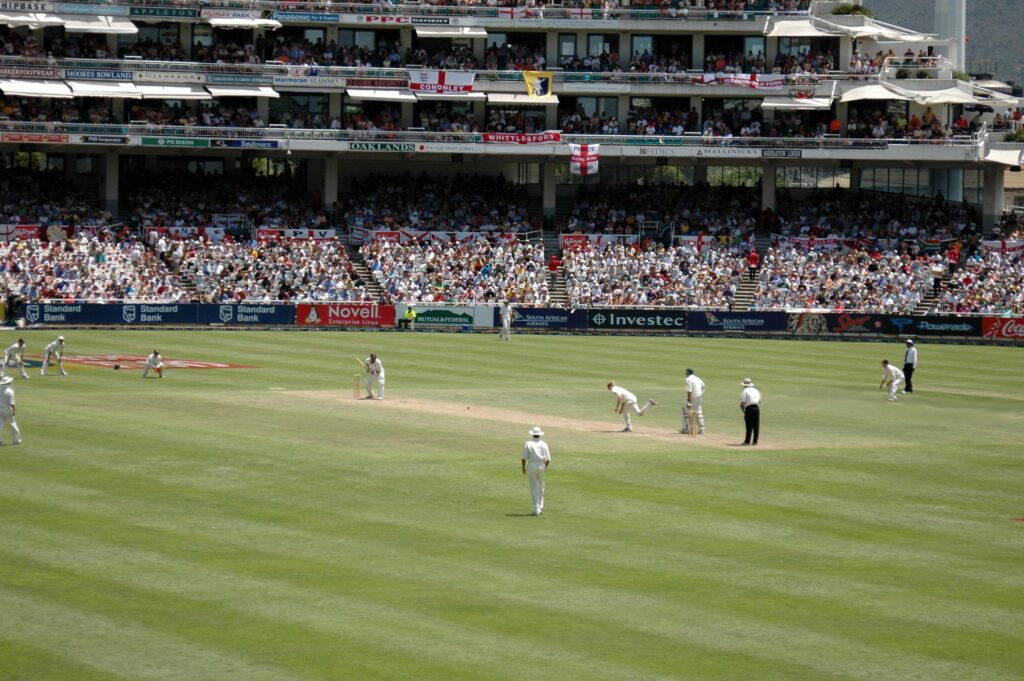- Advertisement -
The International Cricket Council (ICC) is reportedly considering a transformative restructuring of Test cricket by introducing a two-tier system, alongside plans to revive the Champions League T20 tournament in 2025. This strategic move aims to rejuvenate interest in the longest format of the game while capitalizing on the growing popularity of T20 leagues worldwide. The proposals, currently under review, signal the ICC’s efforts to balance tradition with innovation as it seeks to enhance the global appeal and competitive edge of international cricket.
ICC proposes two-tier system to revamp Test cricket landscape
The International Cricket Council has unveiled plans to restructure the Test cricket framework by introducing a two-tier system. This bold initiative aims to enhance competitiveness among the participating nations, ensuring that every Test match carries significant weight. Under the proposal, the top-tier teams will compete in a more exclusive league format with heightened stakes, while the second-tier nations will battle it out in a promotion and relegation system, creating fresh opportunities for emerging teams to ascend to the elite level. Such a format promises to inject renewed excitement into the longest format of the game, which has seen fluctuating interest in recent years.
Complementing this revamp, the ICC is also exploring options to bring back the much-loved Champions League T20 tournament by 2025, aiming to rekindle fan enthusiasm and generate greater commercial value. Key features of the proposed two-tier system include:
- Promotion and relegation between tiers every season
- Increased annual Test matches for top-tier sides
- Structured calendar to avoid clashes with limited-overs formats
- Strategic incentives for teams in the second tier to improve performance
| Tier | Number of Teams | Match Format | Key Goal |
|---|---|---|---|
| Top Tier | 8 | Round-robin & Finals | High-stakes competition |
| Second Tier | 7 | League & Promotion Playoffs | Pathway for emerging teams |
Potential benefits and challenges of implementing a two-tier Test structure
The proposal to introduce a two-tier Test structure aims to inject fresh competitiveness and hierarchy into international cricket, potentially transforming the longest format. Among the key advantages are clearer pathways for emerging cricketing nations to play against top-tier teams, fostering development and global outreach. This system could also heighten fan engagement by ensuring more evenly matched contests and reducing mismatched fixtures that often dilute public interest. Additionally, a tiered setup may allow the ICC to streamline calendars and allocate resources more efficiently, prioritizing high-stakes encounters that excite audiences worldwide.
However, the initiative faces several challenges that cannot be overlooked. The risk of entrenching divisions between established and lower-ranked countries may limit opportunities for some to break into the elite bracket, potentially stifling growth. Aligning international schedules to accommodate promotion and relegation could pose logistical nightmares for boards and players alike. Financial disparities might also widen if revenue distribution is not managed equitably. The table below highlights a simplified comparison of potential pros and cons:
| Benefits | Challenges |
|---|---|
| Enhanced competition quality | Risk of increased inequality |
| Clear promotion pathways | Complex scheduling logistics |
| Better fan engagement | Possible revenue imbalances |
| Focus on meaningful fixtures | Pressure on emerging teams |
Champions League T20 revival plans aimed at boosting global cricket engagement by 2025
The cricketing world is abuzz with the International Cricket Council’s (ICC) ambitious plans to revive the beloved Champions League T20 by 2025, a move designed to rekindle global fan engagement and reinvigorate franchise-based cricket tournaments. The ICC envisions the revamped tournament as a platform to bring together top-performing T20 teams from various domestic leagues, creating a high-octane global spectacle that could further popularize the shortest format. This initiative aligns with the ICC’s broader strategy to expand cricket’s footprint beyond traditional strongholds and capture newer audiences worldwide.
Key elements of the Champions League T20 revival initiative include:
- Increased prize money to attract premier franchises and top-tier players
- Enhanced broadcasting deals targeting emerging cricket markets like the USA, Canada, and parts of Africa
- Incorporation of fan-centric technologies such as augmented reality (AR) and real-time interactive platforms
- Scheduled timelines designed to avoid clashes with major international fixtures to secure full player availability
| Feature | Details |
|---|---|
| Launch Year | 2025 |
| Participating Teams | Top 12 franchises across premier domestic leagues |
| Prize Pool | US $10 million |
| Main Markets | India, Australia, England, USA, South Africa |
| Innovations | AR fan experiences, Global streaming partnerships |
Key Takeaways
As the ICC explores these transformative proposals, the future of international cricket appears poised for significant change. The introduction of a two-tier Test structure alongside the potential revival of the Champions League T20 in 2025 reflects the governing body’s commitment to enhancing the sport’s global appeal and competitiveness. Fans and stakeholders alike will be watching closely as these plans develop, signaling a new chapter in cricket’s evolving landscape.
- Advertisement -


